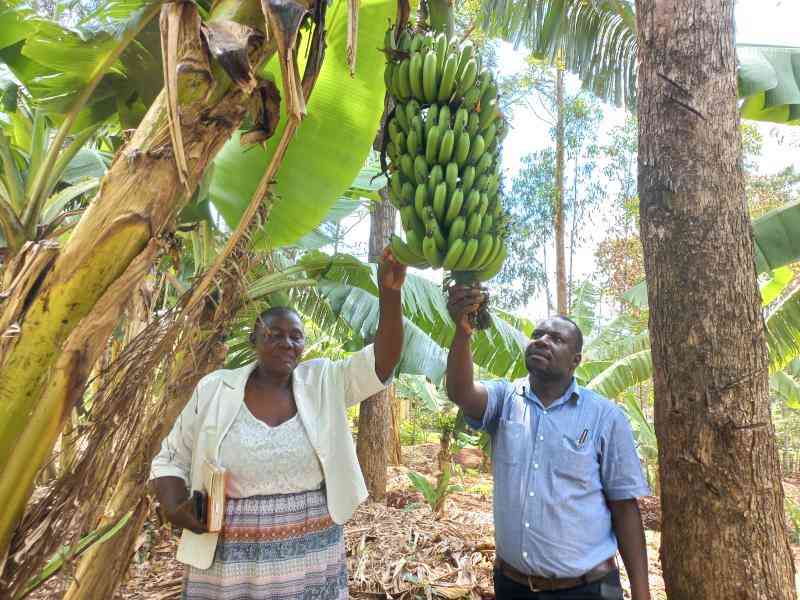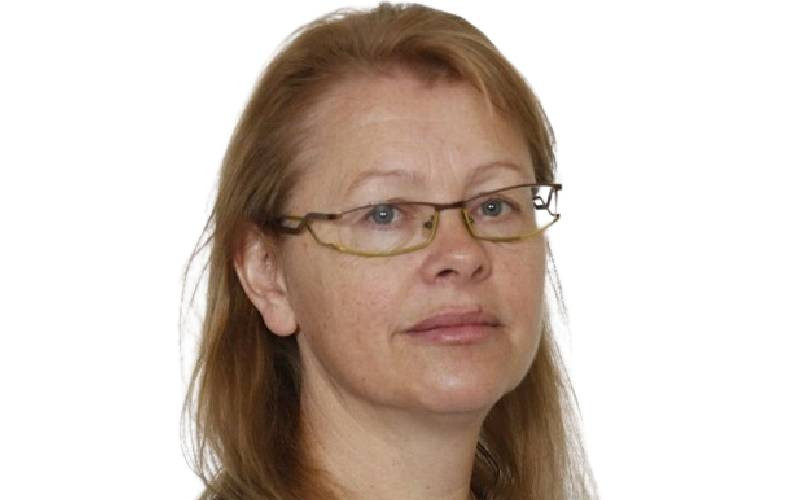By Edwin Cheserek
Turkana is vast; but what most Kenyans are familiar with is the side synonymous with perennial famine and death.
Yet there is a side of Turkana that is green; that also wonders about the emaciated images of the Turkana that has become the face of want.
Nancy Nangiro and other Naoros villagers in Turkana Central had long discovered and used irrigation to avert hunger – and have produced enough for their consumption since 1985.
The villagers say lack of substantial amount of rainfall or prevalence of famine is not new.
Initiated by the World Vision, the Naoros Irrigation Scheme has kept villagers healthy.
In this project, more than 800 families grow sorghum on 450 acres three times a year and the harvest is huge.
“When we lost our livestock to drought, we learnt to depend on irrigation for sustenance,” Nangiro recalls.
She says the crop takes only three months to mature. After harvesting, they cut the stalks to allow the crop to sprout again.
She explains: “When the stalks are cut, the land is irrigated so that the crop can vegetate in a short period.”
John Lobuin, the chairman of the irrigation scheme, says there is a steady supply of water from River Turkwel for irrigating the crop. Families cultivate between one and five acres of land.
“We constructed a canal along the river which channels enough water to irrigate the crop,” Lobuin says.
The farmers’ greatest challenge is handling the surplus harvest, which often goes to waste – to avoid this, Lobuin says, market centres should be put up in the area to enable farmers sell the surplus produce. And sorghum brings in good money.
“One sack of sorghum fetches up to Sh2,000, which is a lot of money for the farmers,” he says.
Stay informed. Subscribe to our newsletter
Matures In Three Months
The produce, he says, at times declines because of heavy infestation of diseases, something that can easily be controlled by pesticides. This can be bought if farmers sold some of their harvest.
Lobuin says the area’s climate will ensure good produce of maize, especially if the government supplied them with Katumani seed – a variety that matures in three months.While all eyes were on the devastation of drought in the larger Turkana, The Standard detoured to the scheme and found farmers airing their bumper harvest.
It is ironical that in this part of Turkana, villagers are sitting on a gold mine that could be harnessed to change the fortunes of the region as far as food security is concerned.
Despite the promise of plenty, the villagers are concerned that a dam constructed along the river by Kenya Generating Electricity is affecting the flow of water.
“The Turkwel Gorge dam holds large volumes of the water and during dry season, insufficient water to irrigate flows downstream,” Lobuin says.
Diversify
Using the village’s example, Lobuin calls upon other pastoralists to diversify in order to avert the famine disaster.
Turkana Central DC Humphrey Nakitare says sustainable food security can be realised through irrigation.
Mr Nakitare says conservation of catchment areas for the rivers should be stepped up to increase the water volume.
He added they will ask for allocation of Constituency Development Funds to construct more water pans to collect water for irrigation.
He says even if external aid is effective in saving lives in the short term, it may pave way for future difficulties.
“Problems are particularly likely if relief food leads to creation of permanent famine in the affected areas,” he says.
According to agricultural statistics, out of 250,000 acres of land in Turkana, only 5,000 have been used for crop growing.
 The Standard Group Plc is a
multi-media organization with investments in media platforms spanning newspaper
print operations, television, radio broadcasting, digital and online services. The
Standard Group is recognized as a leading multi-media house in Kenya with a key
influence in matters of national and international interest.
The Standard Group Plc is a
multi-media organization with investments in media platforms spanning newspaper
print operations, television, radio broadcasting, digital and online services. The
Standard Group is recognized as a leading multi-media house in Kenya with a key
influence in matters of national and international interest.
 The Standard Group Plc is a
multi-media organization with investments in media platforms spanning newspaper
print operations, television, radio broadcasting, digital and online services. The
Standard Group is recognized as a leading multi-media house in Kenya with a key
influence in matters of national and international interest.
The Standard Group Plc is a
multi-media organization with investments in media platforms spanning newspaper
print operations, television, radio broadcasting, digital and online services. The
Standard Group is recognized as a leading multi-media house in Kenya with a key
influence in matters of national and international interest.








